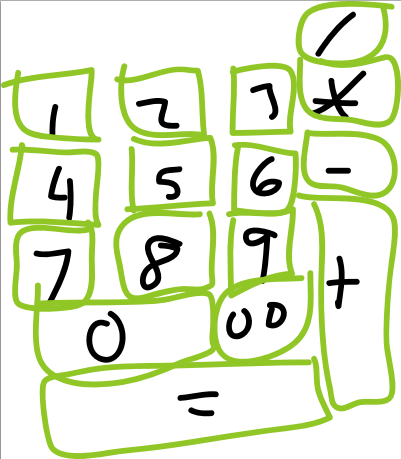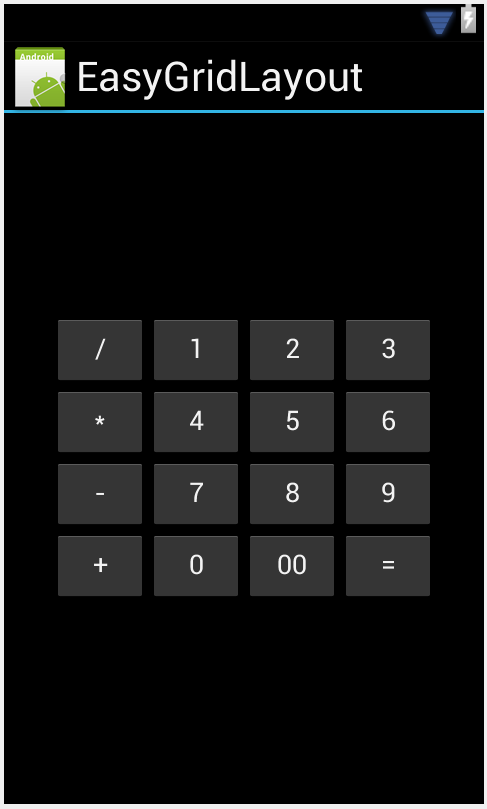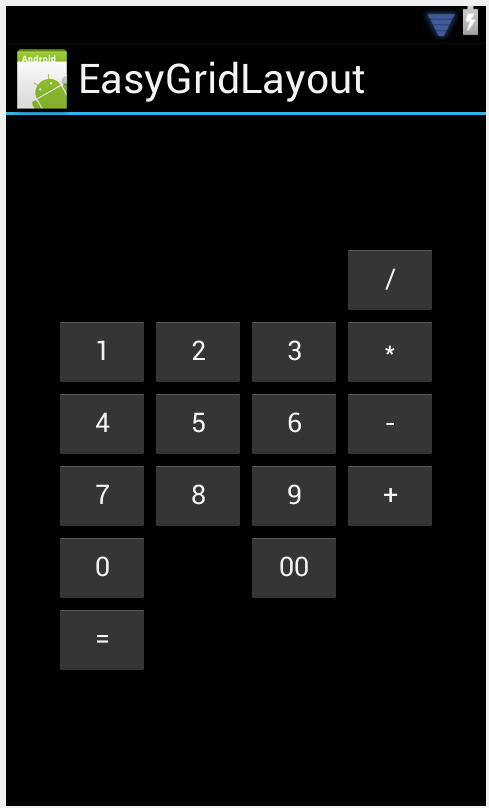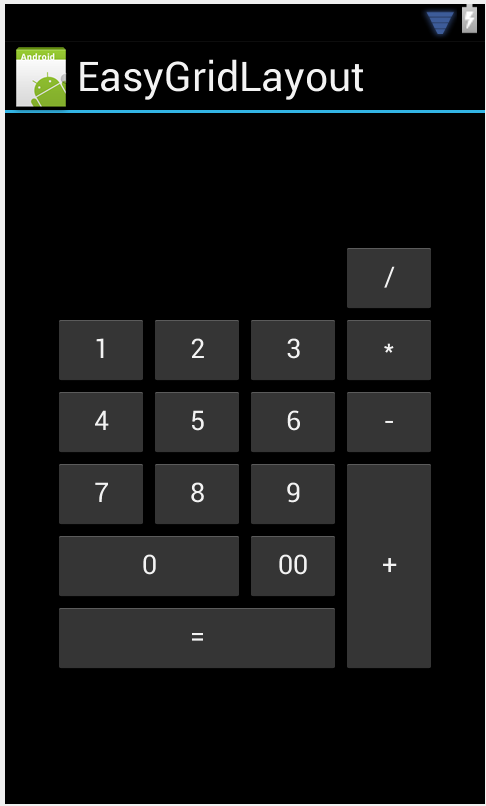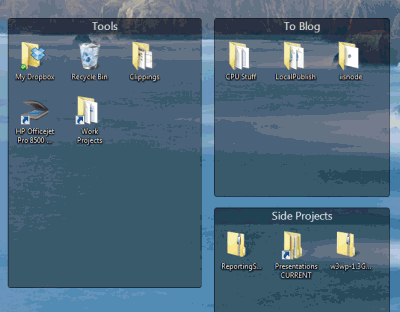 One of the most difficult aspects of having so many projects going at once – between being a writer, blog owner, engineer and programmer – is keeping everything sorted and organized.
One of the most difficult aspects of having so many projects going at once – between being a writer, blog owner, engineer and programmer – is keeping everything sorted and organized.
The one thing that consumes a lot of my time is not so much tracking the tasks that I need to do, but re-locating the text files and word documents where I kept notes or created my to-do lists. I’m sure you can sympathize that when things get more hectic, this problem gets far worse. To make matters worse, I often lose track of important URLs, important images I’ve saved on my computer, and much more.
I’ve tried a lot of different solutions to organize my life, including countless online calendars, to no avail. Everything I try seems to lack something – some important collection of objects that I need to track, and it doesn’t help. Here at MUO, we’ve offered a lot of apps to help you organize your life, like Jessica’s list of tools for organizing your research, or even Matt’s article on how to use your computer to organize your clothes!
But if you’re like me, and you’ve hunted for a long time for a tool to keep track of to-do lists, files, links and information in general, then I’d like to introduce you to KeyNote NF, the desktop organizer that finally solves the organizational problem I’ve had for many years.
Using KeyNote NF To Keep Track Of Everything
I’ve tried a number of Wiki solutions to accomplish this sort of thing, like creating a Tiki Wiki site or using the Zim desktop wiki (which I actually really liked). The problem with the Wiki solution is that it was never very easy or simple to track certain types of information like links to local files, or URLs. Linking to internal pages on a Wiki is always really easy, but other methods of organizing aren’t always so easy.
When you first launch KeyNote, you’ll see two blank panes and one search pane on the left. To get started, right click in the left pane and choose “Insert Node“.

This is the main page for major categories, where you will be organizing all of your sub-tasks, files and other information related to that category. For example, in my case, I created a Node called “MakeUseOf” to organize everything related to my work for MakeUseOf.
Next you create subcategories by right clicking on your main category and choosing “Add Child“.

This lets you break down each major category into sub-areas. In my case I’ve added sections for MUO SEO research, a current list of writing projects I’m working on, and our currently approved list of titles that we’re planning in the near future. I’ve also created a page just to keep track of all of the links I need to use as part of my responsibilities.
What I really love about this software is that despite the fact that it looks like a simple notepad application, it is actually a powerful organization tool because it lets you create “virtual links” to files on your computer. You do this by creating a child node, right clicking on it, and selecting Virtual Mode and then “Make Virtual“. This lets you choose a file that you want to virtually link to.

Choosing a text file lets you open that file from right inside KeyNote. The beauty of this is that it doesn’t matter where your files are stored, they’ll be linked in the left navigation bar. No more hunting for files anymore!

You can change the contents in here, or if the file contents change, just right click the virtual link and under “Virtual Node” click on “Refresh” to see the changes.

What I really like about KeyNote is how the navigation keeps everything right at your fingertips. While under one tab, you might have dozens of categories – you can also create multiple tabs where you’ve organized loads of other information. The amount that you can pack into a very small space because of this is amazing. I’ve created one tab to organize all of my writing work, one for finances, another for various business projects and so on.

As you can see in the screenshot above, you can also format the nodes in the left pane by bolding them or creating a color code if you like.
Additional Features Of KeyNote
Beyond the ability to sort out your mess of text notes, files and URL links, there are also some other really cool features that you’ll discover in KeyNote. One of those is the ability to forward specific note pages via email.

Another is the ability to set up alarms for other notes. For example, configure an alarm to go off when you have homework deadlines approaching or article assignments due. This attaches a date/time alarm to any page.

You can find these and other useful features under the “Insert” menu. This is where you link to files, insert pictures and other objects, or automatically insert today’s date/time into your notes.

As you can see, the software is far more useful than most other organizational tools out there. It’s almost like having a briefcase where you can store all of your notes, files, links and important information all in one place.
Keynote was originally created by another developer on SourceForge, but then it was taken over by Daniel and he’s hosted it as a Google Code project now. That is where you can download the latest version and check out the project notes.
Download your own copy and give KeyNote a try. Did it help you organize better, or did you find some other cool use for it? Share your thoughts in the comments section below.

